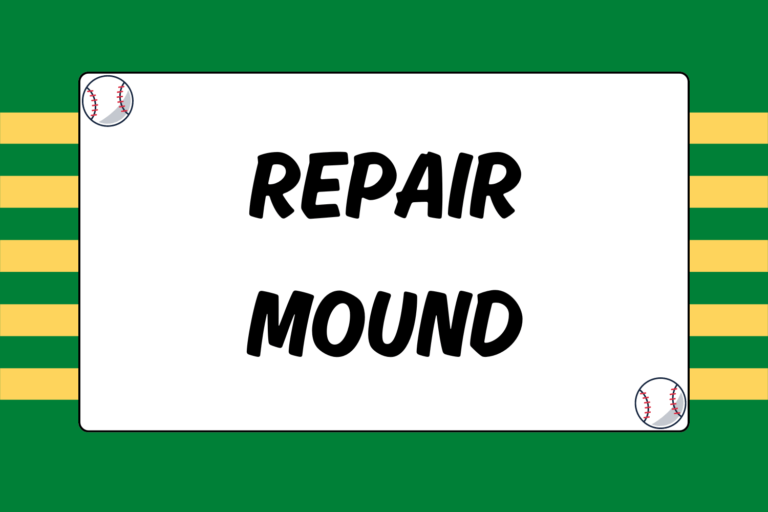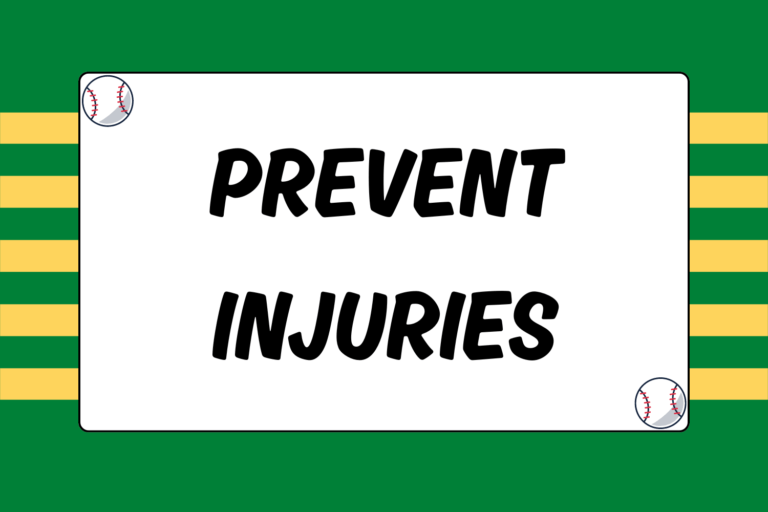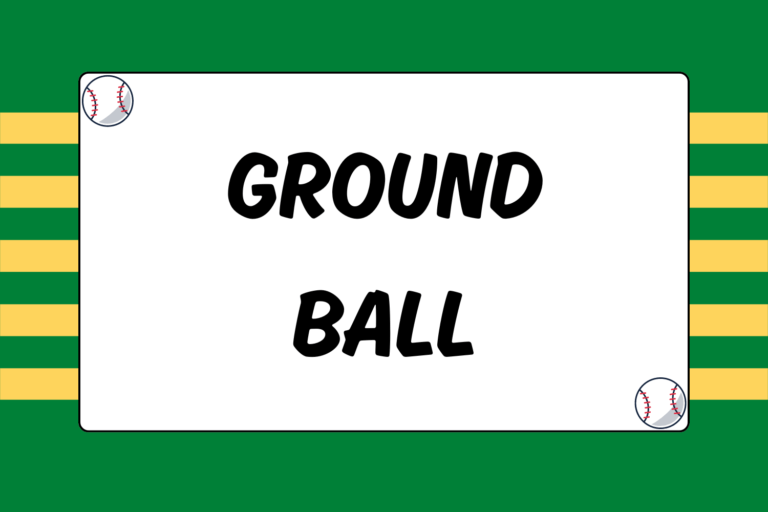For many years, the curveball was the breaking ball of choice among pitchers of all ages. But in recent years, pitchers have begun to throw harder. At the professional level, the average fastball velocity has gradually risen, and that has trickled down to every level of the game. Today, you don’t need to be a big leaguer to learn the finer points of strength training, conditioning, and nutrition. Pitchers are in better shape than ever before, and it’s not just the fastballs that have gotten faster.
Pitchers discovered that a hard breaking ball is often tougher to hit than a slow breaking ball, which led to more hard splitters, cutters, sinkers, and most of all, hard sliders. The slider — or at least the use of the word “slider” — dates back to the 1930s. But more recently, stars like John Smoltz, Dennis Eckersley, and Randy Johnson showed how dominant the pitch can be, and now the slider is one of the more common pitches in the game.
Despite its effectiveness, the slider is both difficult and dangerous to throw. Just like with a curveball, it’s extremely important to learn the correct technique in order to prevent a painful injury. This guide teaches you the proper way to throw a slider and how to incorporate it into your pitching repertoire.
Slider Grip
The slider is thrown with essentially the same grip as a curveball. Whether you prefer to hold the ball across the seams or with the seams (like in the image to the left), what matters is that you position your middle and index fingers along the inside of a seam.
If you’re right-handed, you’ll set your fingers along the inside of the right seam; if you’re a lefty, set your fingers along the inside of the left seam.
The curveball is essentially a two-finger pitch that rolls off of the middle finger (which is best for creating tumbling action). With a slider, you actually release the ball off of your index finger, so you can apply more pressure to the baseball with that index finger.
The biggest difference between the curveball and slider grip is at the release point. Instead of curling your wrist and trying to make the ball tumble over the top, you want to keep your wrist straight, like a fastball.
Slider Technique
The slider is intended to move with similar rotation to a curveball — if thrown well, you can see a small “dot” spinning as the ball travels. However, sliders are meant to be thrown harder, and it’s supposed to resemble a fastball (making it more deceptive). It’s also designed to break more to the side, instead of downward like a curveball. Ideally, a slider will break several inches or more towards your glove side (to the right for lefties, to the left for righties), and it’s not supposed to be much of an off-speed pitch. You may have heard the term “exploding slider” before. A good slider should resemble your fastball delivery and then explode on the batter by breaking sharply at the last moment.
As you throw the ball, you can achieve this effect by snapping your wrist sideways out of your fastball release point. This, coupled with your grip and arm speed, should result in a tighter rotation than your curveball. Keep your fingers on top of the baseball and trust the grip.
Slider Safety
The reason why this guide is categorized as advanced has very little to do with the difficulty of actually throwing the pitch — in some ways, the slider can be easier to master than the curveball. It’s an advanced skill because it absolutely needs to be thrown correctly in order to be thrown safely. Only mature, experienced pitchers should experiment with the slider, and there is certainly no need for young hurlers to learn one before high school.
It’s important to remember not to throw the slider by snapping your elbow. To clarify, the slider is inevitably going to put strain on your arm, and it’s not really possible to snap your wrist without snapping your elbow to some extent. The slider, naturally, will strain your elbow more than pretty much any other pitch. But by stretching and taking care of your arm, using correct mechanics, and limiting the number of sliders you throw, you can minimize the risk of injury.
Pitchers that try to create the break entirely with their elbows can definitely end up injured. Focus on your wrist snap and think about releasing the ball out in front of your body with your fingers on top, and you should be just fine.
Sliders are Sweet, but Start Slowly!
One of the biggest traps that young pitchers fall into is thinking the more types of pitches they can throw, the better they will be. But pitching is a process, so it’s important to start small and expand your repertoire as you gain experience and strength. Learn to command a fastball to both sides of the plate, and then work to create extra movement with it. Master a change-up and be able to throw it in any count. Then move up to curveballs and sliders. The fact is, at every level, if you can throw two or even one good pitch with excellent control, you will have success. And it all starts with solid mechanics.





